I’ll never forget the night the power went out across my neighborhood. The wind howled, the streetlights flickered off, and the city fell into complete darkness. That’s when it hit me: all the emergency supplies I’d stored wouldn’t matter much if my home wasn’t secure. A prepper’s first line of defense isn’t their food storage or generator—it’s their home fortification.
I used to think home security required expensive systems or professional installations, but I quickly learned that affordable, DIY prepper strategies can transform any home into a fortress. Here’s how I did it—and how you can, too.
1. Put Up Warning Signs
Deterrence is your cheapest and most effective line of defense. Most burglars will avoid a home that looks risky. I put up “Beware of Dog” and “24-Hour Surveillance” signs even before installing any cameras.
They cost just a few bucks but make a world of difference.
Pro Tip: Combine visible signage with motion lights (more below) for maximum deterrent power.
2. Brighten Up the Exterior
Criminals love darkness. I installed solar-powered motion lights along my gate, driveway, and backyard fence. These automatically turn on when someone walks by—brilliant for energy savings and peace of mind.
Prepper Tip: Keep one or two rechargeable lanterns indoors, like the Goal Zero Crush Light, for power outages.
3. Reinforce the Doors
When I upgraded my doors, I learned the strike plate—the metal piece the deadbolt slides into—is often the weakest part. I replaced the standard ¾-inch screws with 3-inch stainless steel screws. Total cost? Around $5. The difference in strength was night and day.
Pro Tip: Swap hollow-core doors for solid wood or metal models if you can. They’re tougher and more fire-resistant.
4. Lock It Down
Most intruders enter through unlocked doors or weak locks. I upgraded to ANSI Grade 1 deadbolts, which are drill-resistant and pick-proof. Add a door barricade brace to withstand forced entry.
5. Secure the Windows
Windows are easy targets. I added shatter-resistant window film and window locks to my first-floor windows. Now even if someone tries to break in, the film keeps the glass from shattering completely, buying me precious seconds.
Prepper Tip: Install wireless window alarms—small, affordable, and loud enough to alert you instantly.
6. Strengthen the Perimeter
Your fence and yard are your first line of defense. I fortified my wooden fence with wire mesh and topped certain areas with thorny plants. Mother Nature makes a great ally.
Pro Tip: Avoid tall bushes—intruders love hiding spots. Opt for prickly hedges or cactus instead.
7. DIY Noise Alarms
If fancy security systems aren’t in the budget, bells and chimes do wonders. I attached small wind chimes to door handles and even made a trip wire alert system using fishing line and bells. Simple, effective, and reliable.
8. Guard Dogs and Deterrent Pets
Few things discourage trespassers like a barking dog. I trained my dogs to alert at movement, especially near entryways. Even if you don’t have pets, the sound alone (from a dog barking alarm) can keep intruders at bay.
9. Emergency Cameras
Today’s smart cameras are inexpensive and easy to install. I use solar-powered security cameras that record to cloud storage and send alerts to my phone—no monthly subscription needed.
Prepper Tip: Choose models with local SD storage so you can still access footage during power or internet outages.
10. Build Relationships
This may surprise you, but one of the best home defenses is community awareness. I got to know my neighbors and we created a watch network. When disaster strikes, your community can become your second line of defense.
Final Thoughts
Your home doesn’t have to be a fortress of steel and concrete to be safe. With some creativity, resourcefulness, and a prepper mindset, you can create a secure and resilient space for your loved ones.
When disaster hits or society goes dark, you’ll be glad you took the time to fortify your home on a budget—because preparation is the real peace of mind.

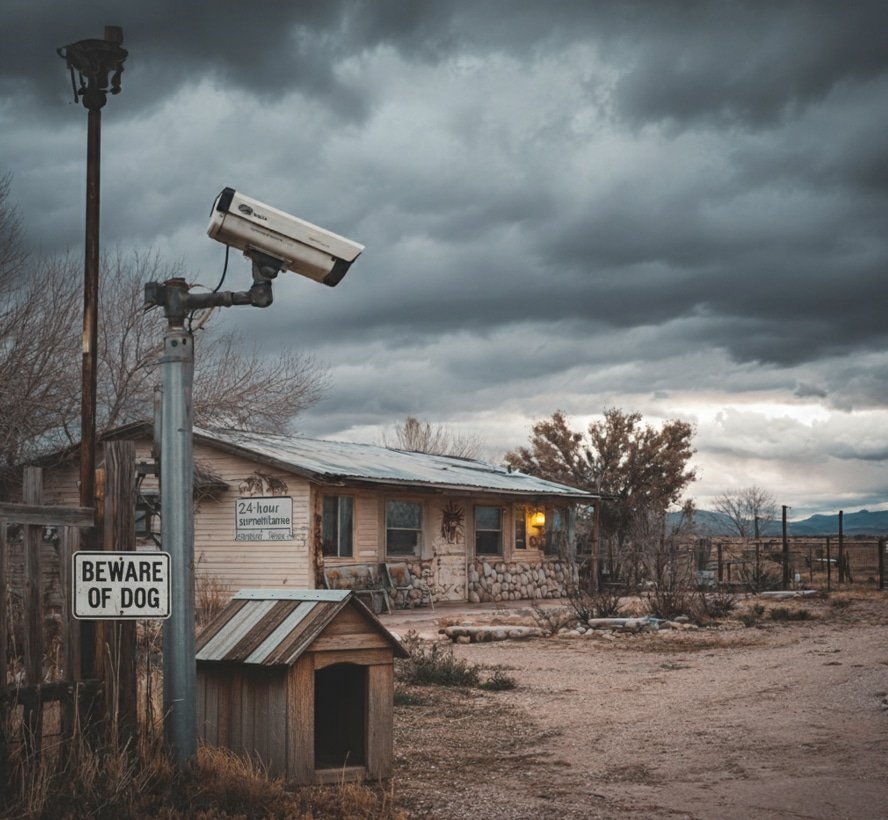
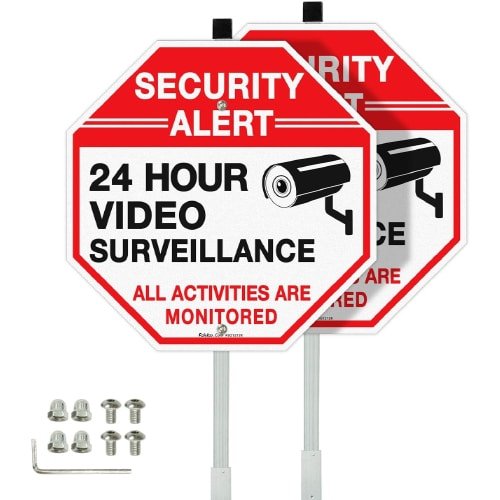
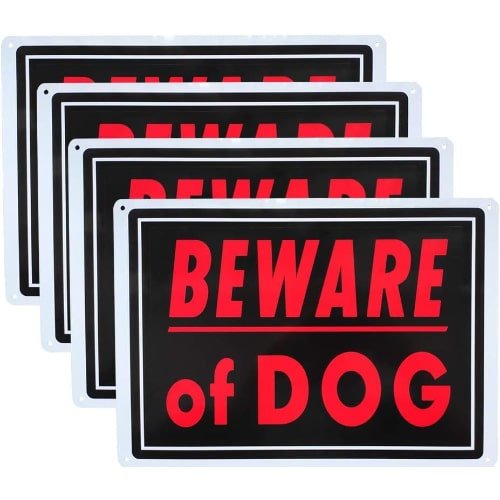
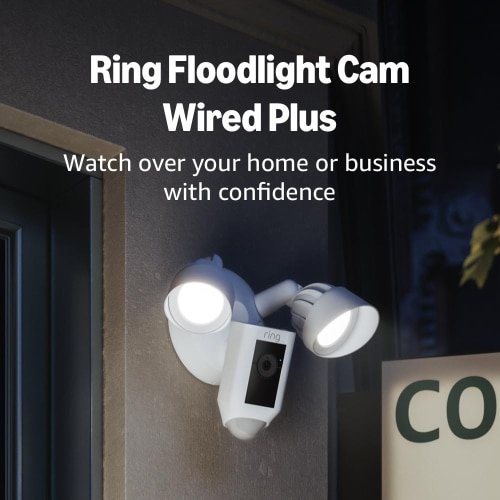
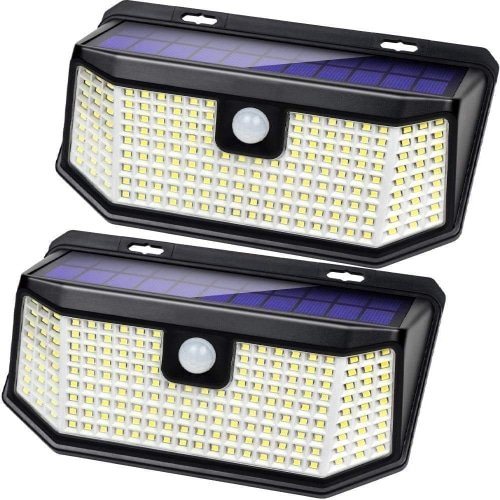
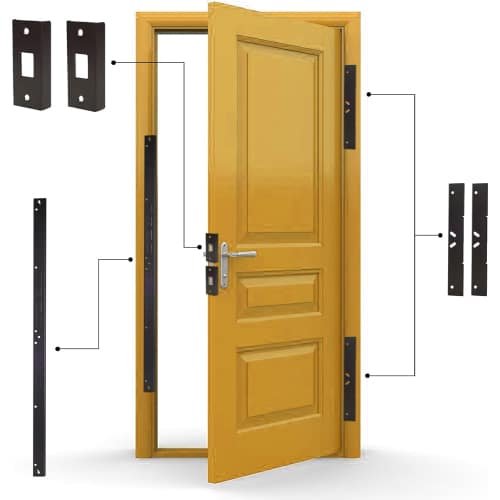
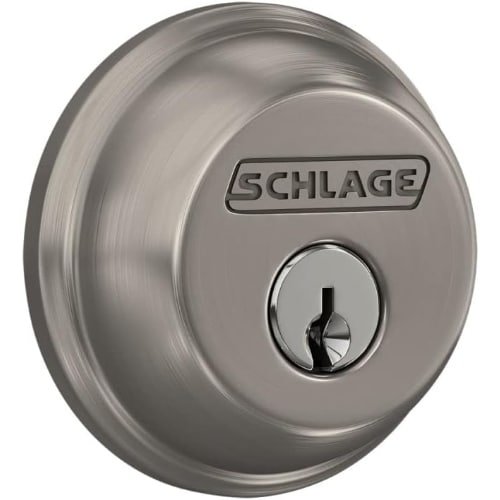
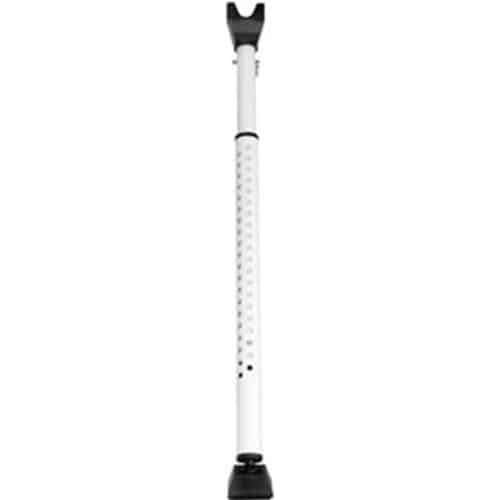
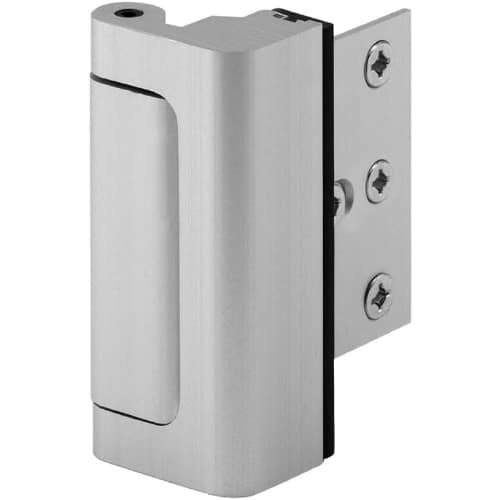

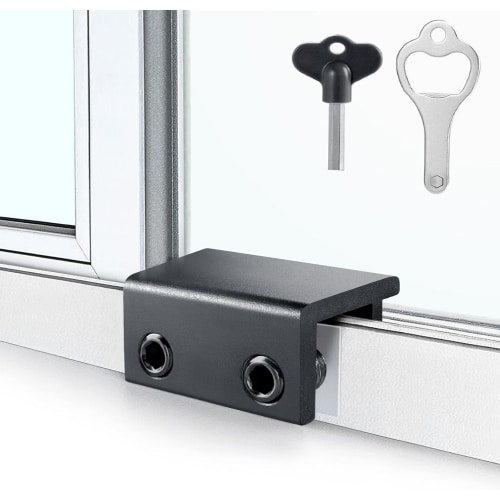

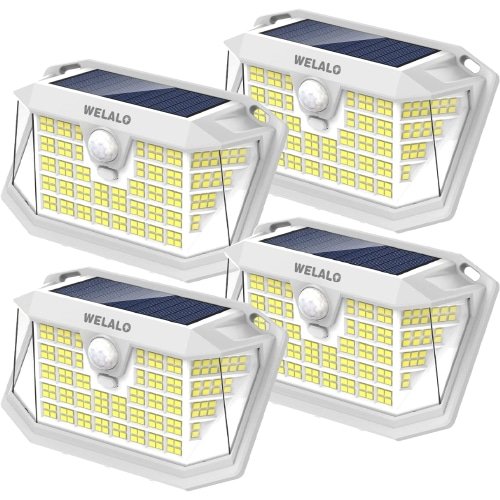
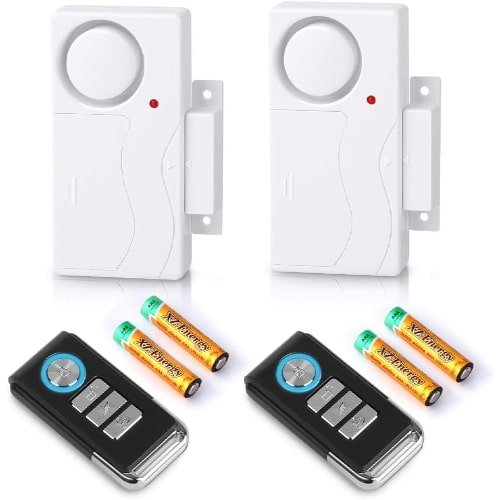
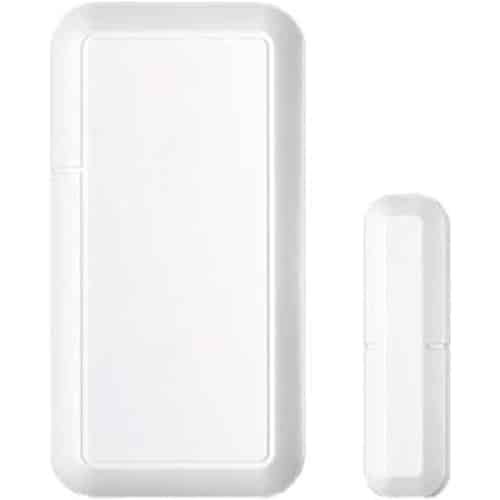
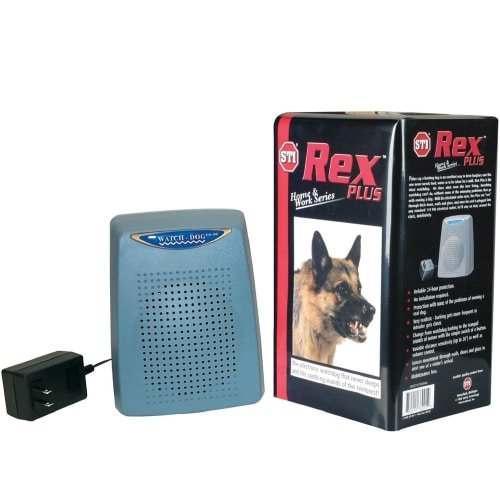
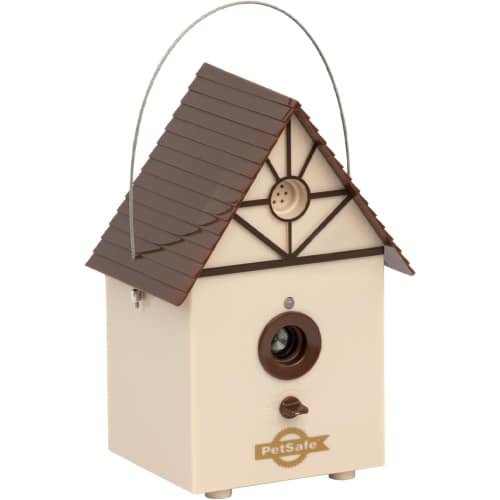
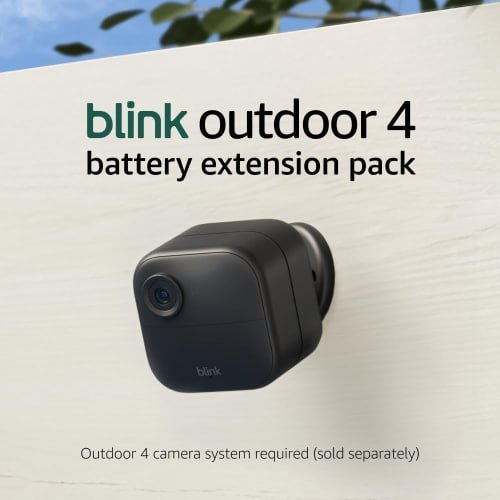
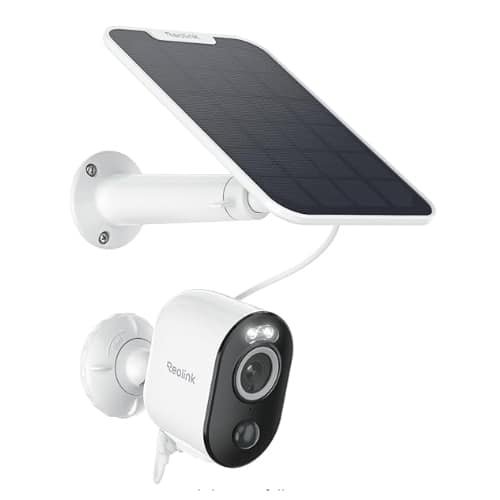
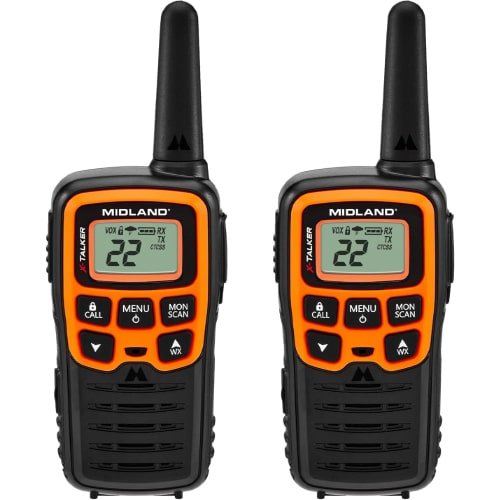
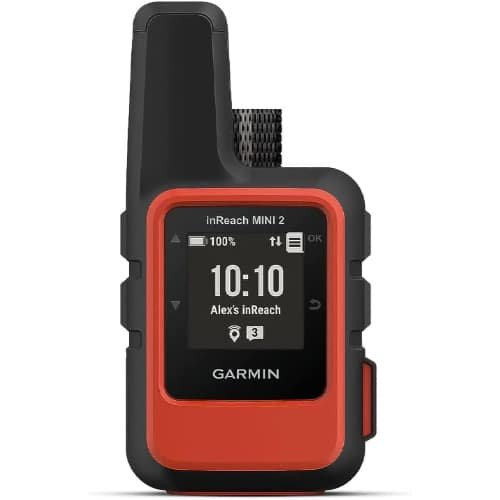















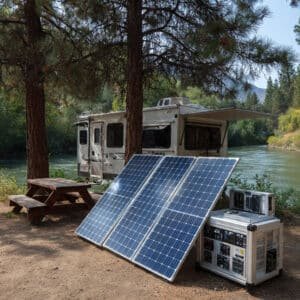
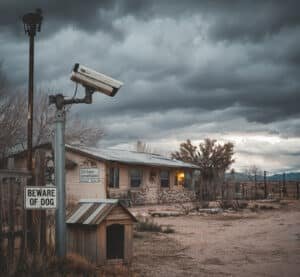



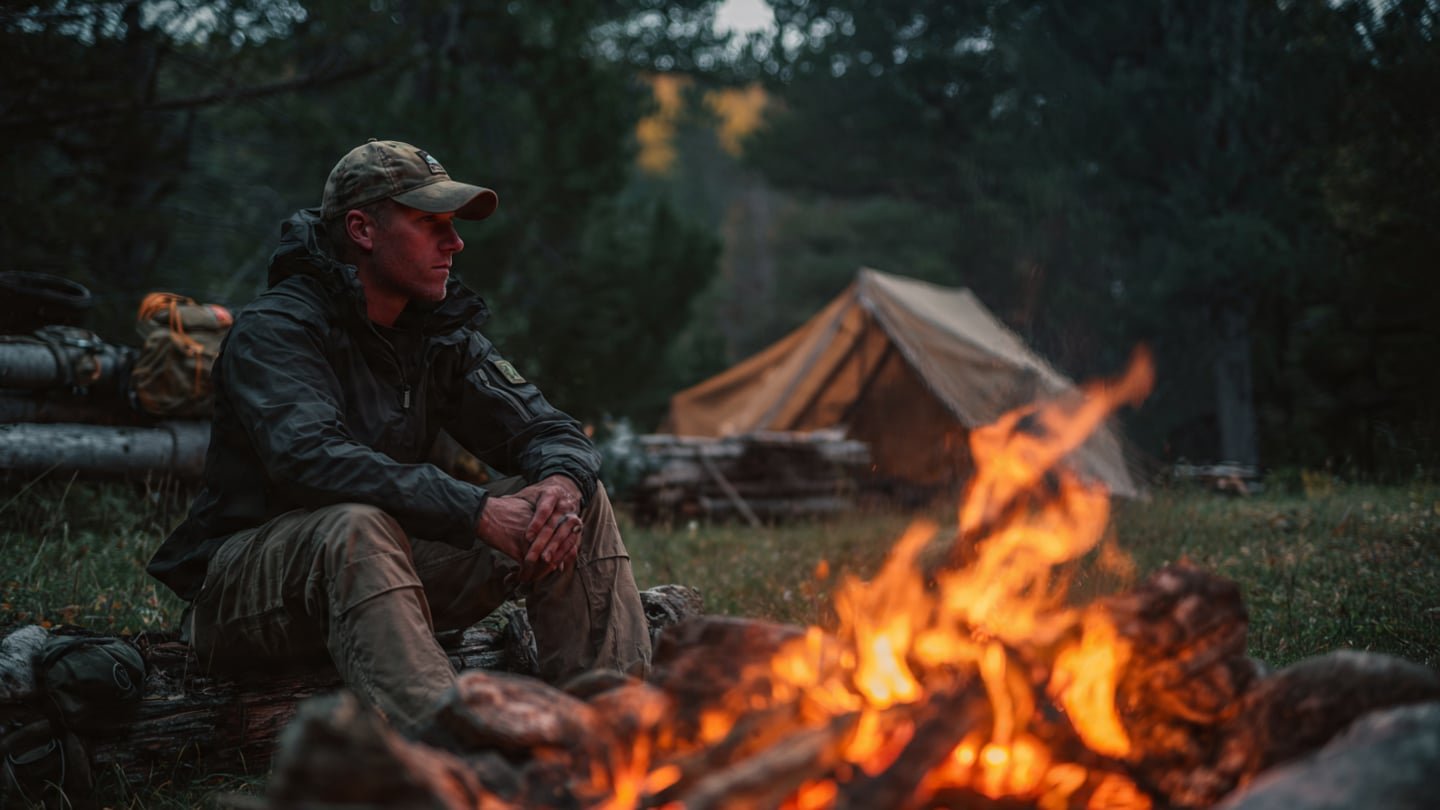
One Response
For the reason that the admin of this site is working, no uncertainty very quickly it will be renowned, due to its quality contents.